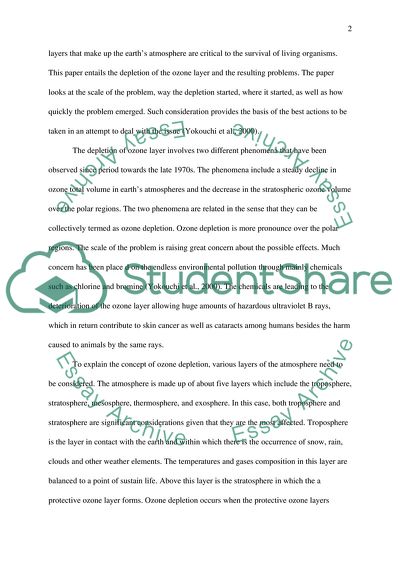Cite this document
(Approaches to Environmental Management Policy: Ozone Layer Depletion Research Paper, n.d.)
Approaches to Environmental Management Policy: Ozone Layer Depletion Research Paper. https://studentshare.org/environmental-studies/1827410-ozone-layer-depletion
Approaches to Environmental Management Policy: Ozone Layer Depletion Research Paper. https://studentshare.org/environmental-studies/1827410-ozone-layer-depletion
(Approaches to Environmental Management Policy: Ozone Layer Depletion Research Paper)
Approaches to Environmental Management Policy: Ozone Layer Depletion Research Paper. https://studentshare.org/environmental-studies/1827410-ozone-layer-depletion.
Approaches to Environmental Management Policy: Ozone Layer Depletion Research Paper. https://studentshare.org/environmental-studies/1827410-ozone-layer-depletion.
“Approaches to Environmental Management Policy: Ozone Layer Depletion Research Paper”. https://studentshare.org/environmental-studies/1827410-ozone-layer-depletion.


